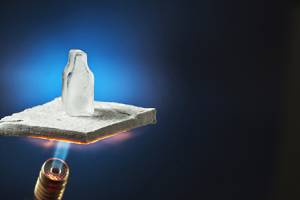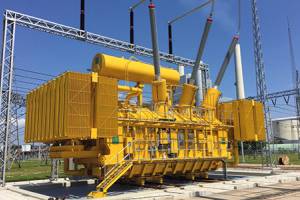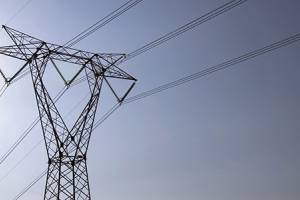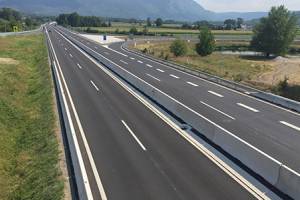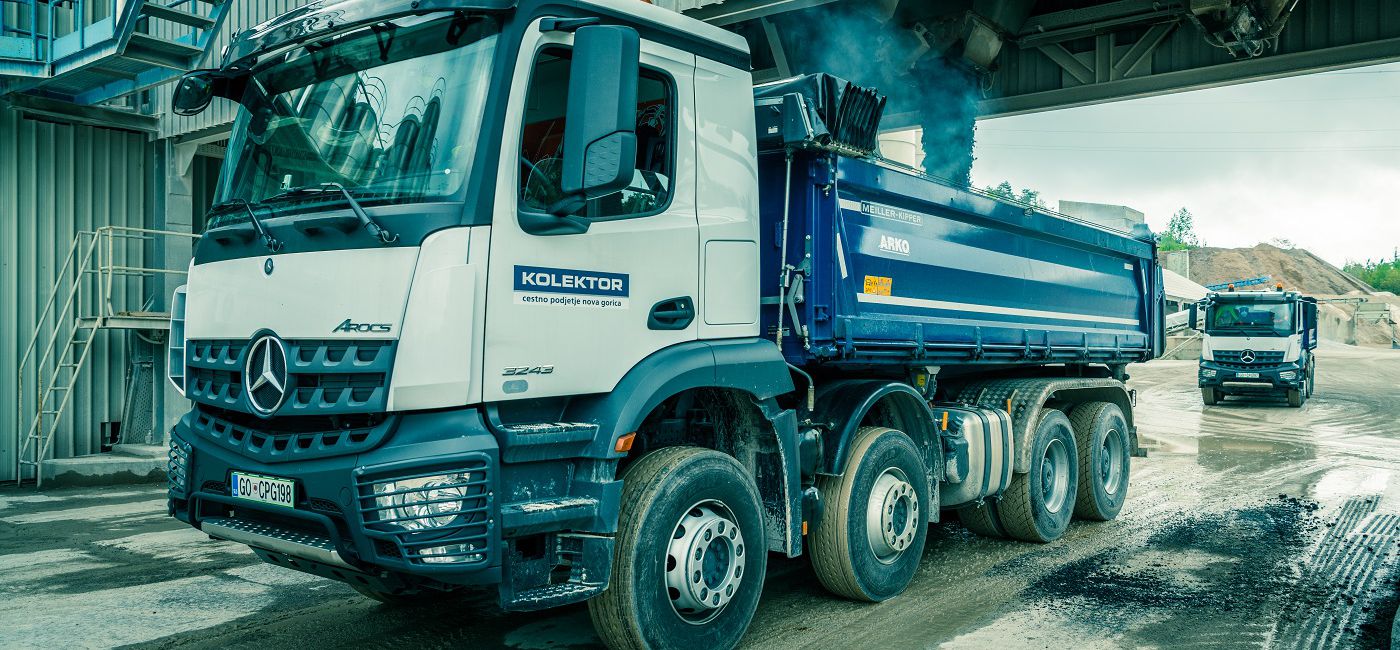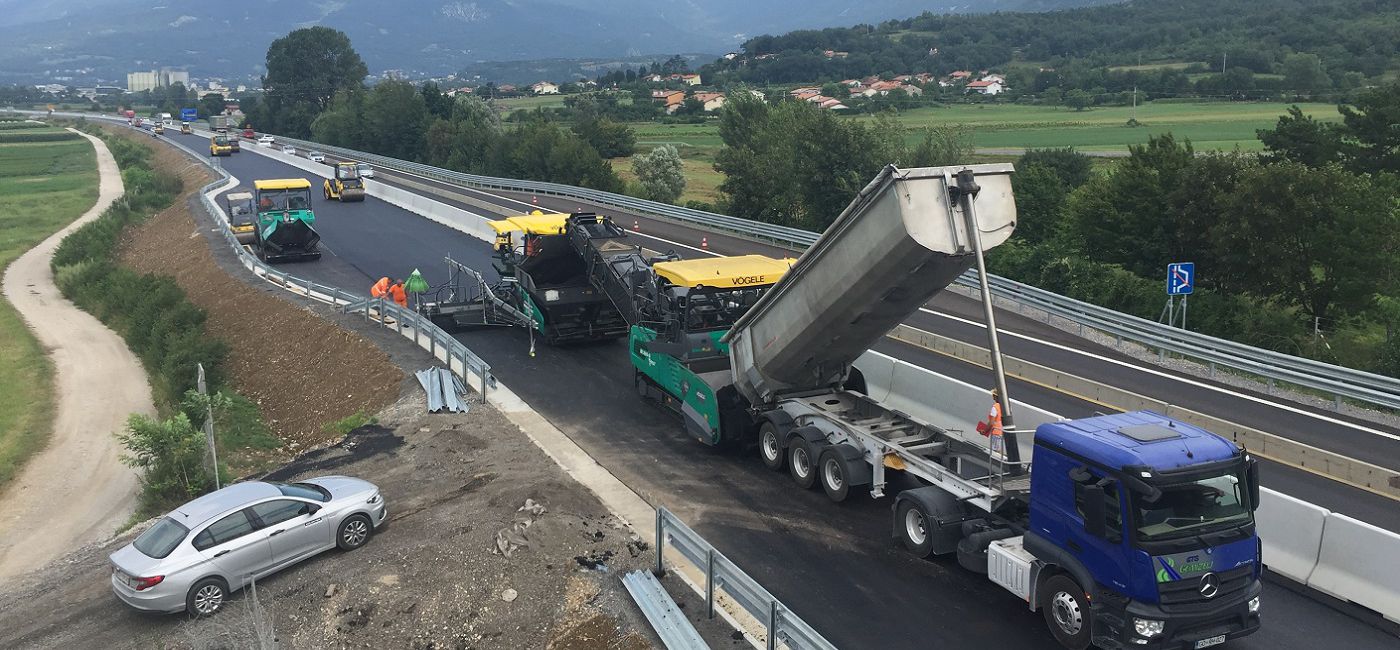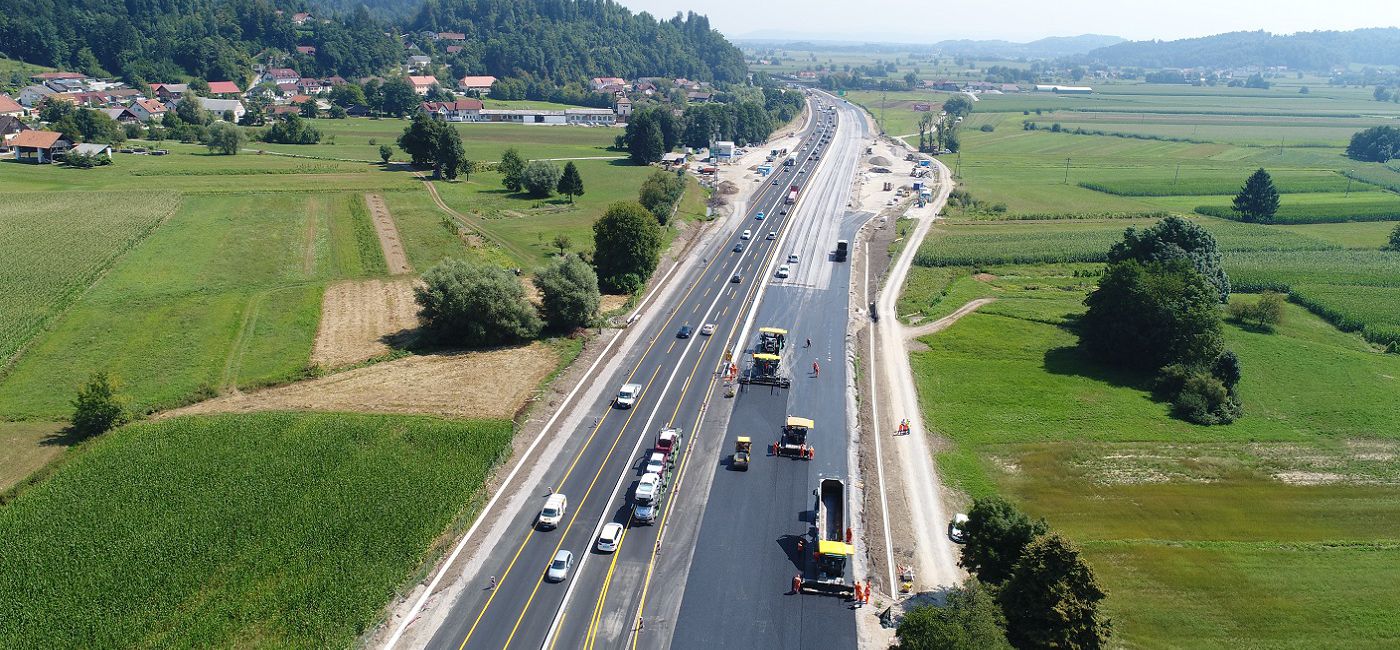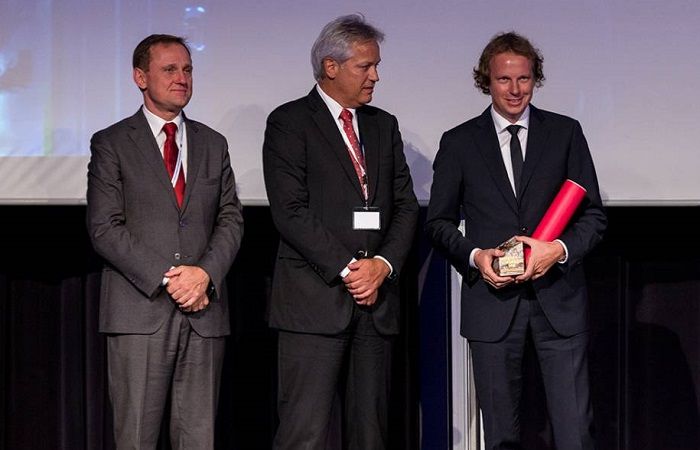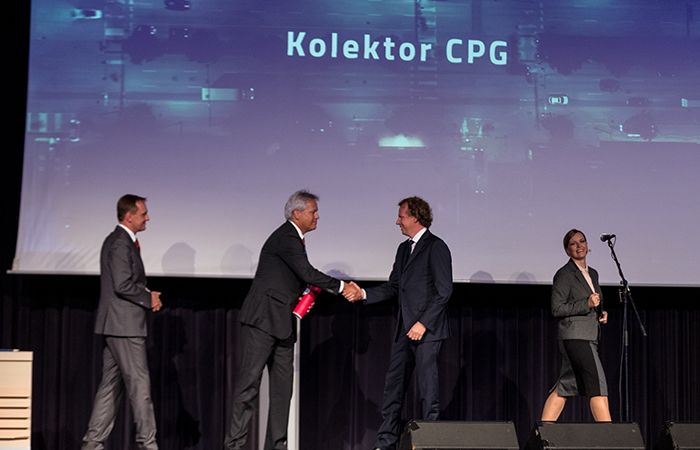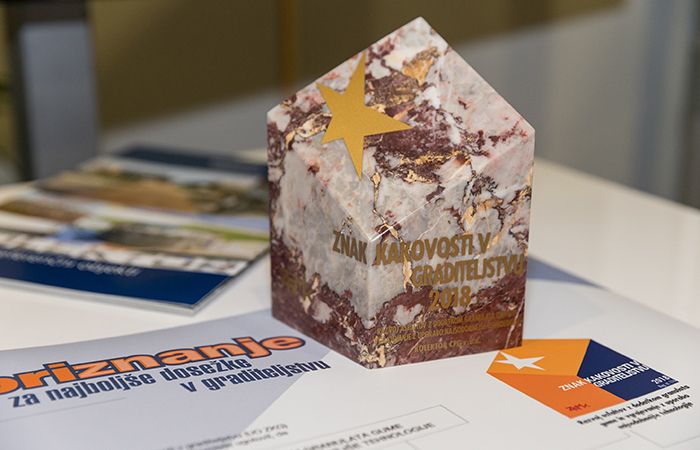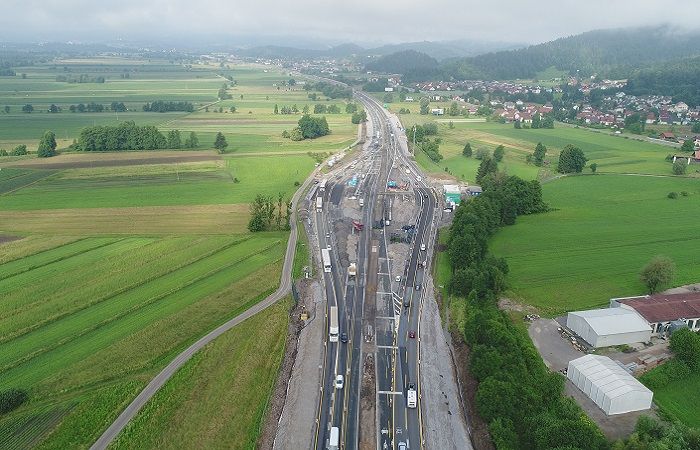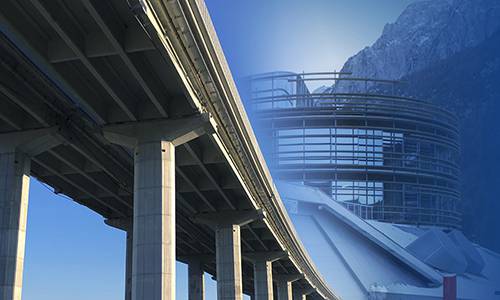Smooth driving
18. 10. 2019 Gradbeništvo
We deal with asphalt primarily when we are annoyed by the “holes” in the road or when we enjoy the comfort of driving on a newly paved road. As a construction material, asphalt (bitumen) was used in Mesopotamia about 2000 years BC. Bitumen is one of the oldest building materials, mainly used in asphalt mixtures and as basic component of products intended for various insulations.
Global asphalt consumption is estimated to reach nearly 152.3 million t in 2025, due to infrastructure developments in both developed and developing countries. In 2018, we produced 238,249 t of asphalt mixture.
Asphalt is either a natural or an artificial mixture of bituminous binder and stone grains and any necessary additives to ensure the intended use. Vast majority (approximately 85%) of the asphalt produced is used for roads and other surfaces (airport runways, parking lots, exterior arrangements, bicycle lanes and footpaths) and for other purposes such as waterproof coverings at landfills or water barriers.
Custom made asphalt
Main guideline for investors, designers and contractors is to design and construct the facilities in such a way that they serve their purpose to the fullest and for the longest possible time, and are safe and comfortable to use. The latter also applies to roads: the asphalt intended for a heavily burdened highway is quite different from the asphalt intended for a local road.
Rubberized asphalt - Driver-friendly asphalt
The production of the asphalt mixture usually involves mixing the stone grains of various kinds with bitumen as a binder. Bitumen can be further modified or enriched with various additives such as polymers or recycled rubber from used tires in order to optimize its properties for a given purpose.
Asphalt mixtures produced from such “improved bitumen” successfully withstand even the most demanding traffic and climate impacts.
»Kolektor CPG is the first company in Slovenia which successfully developed and used an asphalt mixture for the heaviest traffic loads, containing bitumen modified with the addition of rubber so-called »gumi-asphalt« or. drainage asphalt made of rubber bitumen. In addition, Kolektor CPG improved the way of its incorporation using the state-of-the-art asphalt technology.

The development of asphalt with the addition of rubber granulate and implementation using state-of-the-art technology is a great contribution to the innovative construction of Slovenian infrastructure.
» Kolektor CPG strives to use the most advanced technologies, quality raw materials and the most modern procedures in construction planning. Continuous investments in development and innovation are Kolektor's way of ensuring our competitiveness and additional growth on the market. This is our strategy until 2022.
The highest award in the field of construction in Slovenia for year confirms that we are walking the right business and development path.
With its developmental and technological solutions, Kolektor CPG managed to ensure a high performance asphalt mixture, which provides
- lower level of noise in urban and natural environments,
- better driving dynamic properties in the rain, as it allows faster drainage of water from the roadway and consequently
- allows for a smaller carbon footprint due to the use of slag and rubber aggregate.
Asphalt with the addition of rubber granulate can be tested in different locations: on the motorway sections Divača-Kozina and Koper-Semedela and on the plate of the former Log toll station.
Do not overlook
Sources
- Asfalt. Henigman, Slovenko ... Združenje asfalterjev Slovenije, 2016.
- https://www.strategyr.com/MarketResearch/market-report-infographic-asphalt-forecasts-global-industry-analysts-inc.asp (30. 9. 2019)



